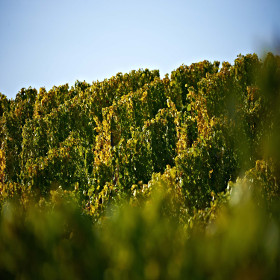Winery Schales
Since 1783, the Schales winery has had its headquarter in Flörsheim-Dalsheim, in southern Wonnegau. Today, in the eighth generation, we cultivate a vineyard area of almost 60 hectares. Our estate is one of the leading producers in Rheinhessen - the largest growing area in Germany - and is one of the largest self-marketing family wineries in Germany. In addition to the traditional sale of wines in the estate, we market through specialized trade and have been exporting to European, Asian and American countries for many years now. In addition to our basic segment, which we offer under our name as the brand "Schales", there are also several branded wines with regional references - such as TRULLO® and MONT DONNERRE®. Our top wines are presented exclusively in the SCHALES CARDINALIS collection.
English speaking visitors are welcome.













